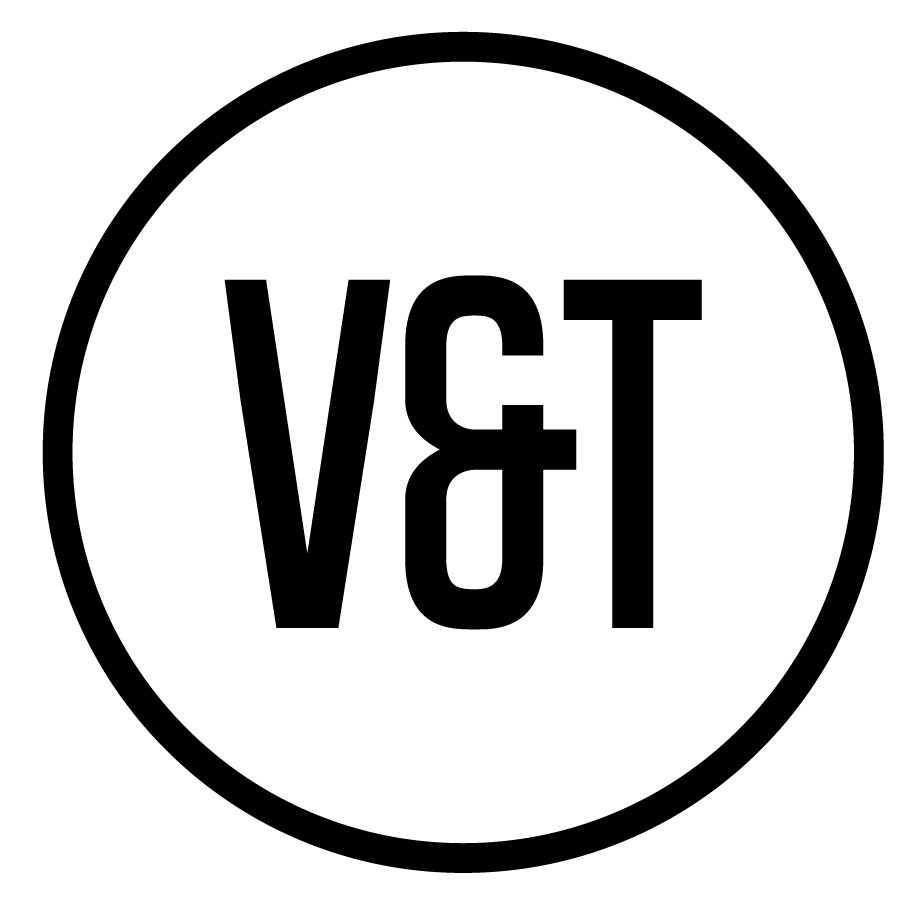In a world where challenges seem to multiply, shifting our perspective from problems to potential opens up remarkable possibilities. Instead of being tethered to a cycle of solving one issue only to encounter the next, embracing potential allows us to approach challenges with a broader and more optimistic mindset. This paradigm shift, from problem-oriented thinking to potential-driven exploration, can profoundly influence our approach to complex issues, fostering collaboration, systemic thinking, and positive energy.
Three Effects of Unlocking Potential
- Beyond the Problem: Expanding Solutions
Focusing on potential doesn’t just address the immediate challenge—it unlocks avenues to broader impact. By understanding a problem deeply and reimagining its solutions through potential, the outcomes often surpass the initial scope. This approach doesn’t merely fix; it transforms. When applied, it enables us to think bigger, considering not just immediate needs but also future possibilities. - Encouraging Systemic Collaboration
Potential thinking thrives in collective environments. By identifying and aligning around shared potential, diverse stakeholders—organizations, individuals, or even industries—can come together seamlessly. This creates space for systemic design and partnerships, where solutions emerge from the synergy of varied perspectives. It acknowledges that nothing exists in isolation and maximizes interconnected opportunities for meaningful collaboration. - Fueling Positive Energy and Optimism
Perhaps the most profound effect of potential thinking is the energy it generates. Tackling challenges through this lens brings hope and a sense of purpose, particularly when addressing significant issues like sustainability, democracy, or societal well-being. The optimism inherent in potential-focused projects fuels motivation, inspiring teams to work with enthusiasm and creativity, leading to more impactful results.
The power of potential lies in its ability to elevate our thinking, connect us systemically, and energize our efforts. By shifting from problem-solving to potential exploration, we not only address the challenges before us but also build frameworks for collaboration and hope. Whether working on small-scale initiatives or tackling global challenges, embracing the power of potential transforms both process and outcome, making it an invaluable mindset for creating a brighter future.
On sustainability
When working with sustainability we usually work with three levels of ambition. This is taking directly from the New European Bauhaus CompassOne could always enhance the level of ambition when it comes to developing sustainable projects. We believe that it is only when you take action that it truly matters. Therefore taking action is essential when it comes to creating sustainable solutions. After initiating a project you could always be more ambititous. The three levels of ambition is defined as:
- To Repurpose
- To Close the Loop
- To Regenerate
Ambition 1 – To Repurpose:
Preservation • Repair, Re-use, Reduce, Upgrade, Renew
A sustainable project aims to repurpose to avoid and reduce environmental impacts, favoring durability, adaptability, and recyclability. It focuses on rethinking services, products, and places to reduce pollution and carbon impacts, minimizing the use of resources, materials, and energy. The emphasis is on the product’s lifecycle.
Possible Guiding Questions:
– How could the project solve its needs in a less material-intensive way, e.g., by sharing resources?
– Can the use be prolonged, e.g., by renovation or making the project repairable or upgradeable? How?
– Can the impact on the environment be lowered, e.g., by decreasing the use of energy, water, pesticides, CO2, or other harmful substances? How?
– Can components or elements be replaced by natural materials or other less harmful resources? How?
– Could you prioritize renewable energy solutions favorable to biodiversity? How?
Ambition 2 – To Close the Loop:
(Industrial) System Circularity • Waste Transformation
A sustainable project aims to close the loop, reduce linear processes, or transform them into circular processes to achieve zero pollution. The focus is on the scale of an (industrial) system. Projects that close the loop actively involve all other actors in the design, production, use, and discarding phases of their initiative.
Possible Guiding Questions:
– Does the initiative work with circular economy principles, e.g., closing the whole material cycle or waste transformation? How?
– Are all stakeholders in the cycle working together? In what way?
– Is there an overview of the carbon impact, material, energy, or water waste streams before, during, and after the use of a product, building, or intervention? How?
– Is there a zero pollution action plan, e.g., for air, water, and soil? How will it work?
Ambition 3 – To Regenerate:
Carbon Storing • Enhancing Biodiversity • Restoration and Expansion of Natural Landscapes • Paradigm Shift, Behavioural Change
A sustainable project aims to give back more than it takes, enhancing rather than depleting biodiversity, and incentivizing the restoration and expansion of nature. Regenerative sustainability also considers how contexts and environments influence worldviews, paradigms, and behaviors. The focus is on the scale of an ecosystem. •
Possible Guiding Questions:
– Does the initiative give back more than it takes, e.g., by carbon storage in buildings? How?
– Is there an understanding of the inner workings of a (natural) ecosystem that could restore the landscape or biodiversity? How does the project affect this?
– Is there a vision of societal change through behavioral change or a mention of a paradigm shift? How will this be addressed?
Links and Material
Link to New European Bauhaus webpage
